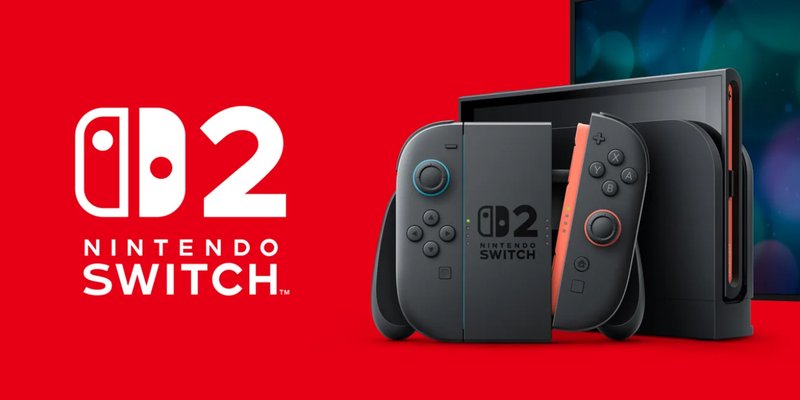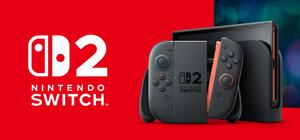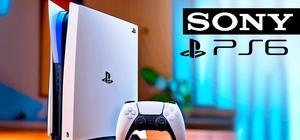The new Switch 2 console has certainly made a splash, selling millions of units since its launch. However, for those of us who value open standards and accessory freedom, there's a notable development regarding its USB-C ports. It appears Nintendo has implemented specific restrictions, particularly affecting third-party docks and certain peripherals.
Understanding the USB-C Limitations
The Switch 2 features two USB-C ports: one on the top for handheld charging and basic accessories like the Nintendo Switch 2 Camera, and another on the bottom, primarily for connecting to the official dock. It's this bottom port where things get interesting.
Reports from accessory manufacturers indicate that this port utilizes encryption and proprietary protocols. Unlike the standard USB-C Alt Mode, which typically allows for straightforward video output, the Switch 2 and its official dock engage in a complex digital handshake. Tests show an exchange of over 30 "unstructured" proprietary messages before video output is enabled. Additionally, the console requests a 20V power supply from its dock, even though it reportedly only needs 15V for its core functions. This 20V request seems to act as an authentication check, creating a hurdle for unauthorized accessories.
Impact on Third-Party Accessories
The immediate consequence of these measures is that many third-party docks that worked seamlessly with the original Nintendo Switch, such as the Genki Covert Dock 2 and ASUS ROG 65W Charger Dock, are now incompatible with the Switch 2. They simply don't enable docked mode or video output. This has led companies like JSAUX, known for their Steam Deck docks, to put their Switch 2 dock development on hold, citing the increased technical and legal challenges of reverse engineering Nintendo's system.
Beyond traditional docks, support for video glasses like the Xreal One has also been affected, requiring Xreal to develop a new, dedicated device for Switch 2 compatibility.
Currently, the Antank S3 Max (also known as the SiWiQU TV Dock Station) is the only reported third-party dock that works with the Switch 2. However, its manufacturer acknowledges that Nintendo could implement future firmware updates to change its authentication methods, potentially rendering even this solution obsolete. This creates a degree of uncertainty for consumers looking to invest in third-party options.
Nintendo's Historical Approach
This isn't Nintendo's first rodeo when it comes to controlling its hardware ecosystem. Historically, they've often employed proprietary designs and mechanisms to manage accessories, from the NES Advantage joystick to the N64's Expansion Pak, which was required for certain games. While Nintendo often frames such controls as a means of ensuring quality and preventing console damage (a concern that arose with the first-gen Switch), it also serves to direct consumers towards their own official accessories, like the $120 Switch 2 dock.
For those of us who appreciate the open, customizable nature of platforms like Linux gaming and devices such as the Steam Deck, Nintendo's strategy highlights a different philosophy. While the Switch 2 offers new gaming experiences, it continues Nintendo's long-standing emphasis on a tightly controlled platform.
It's a reminder that while USB-C aims for universal compatibility, companies can still implement proprietary layers that affect how accessories function. This situation will be interesting to watch as the market for Switch 2 accessories evolves.





